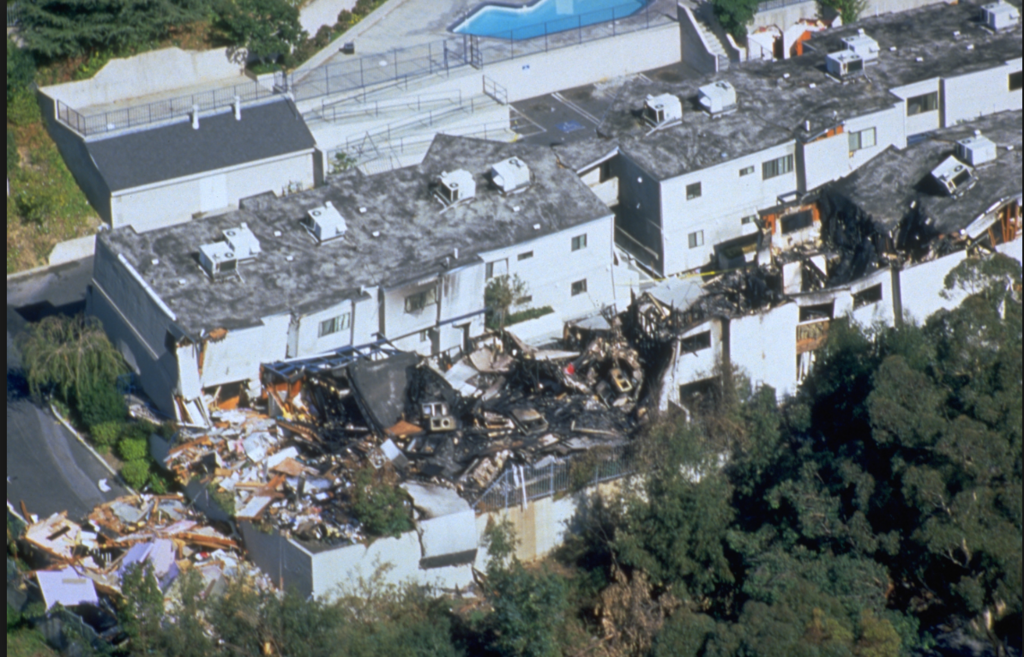Friday, May 20, 2016, 4:45 - The San Andreas fault stretches 800 miles along California ground making it the longest in the state and one of the most dangerous in the world.
The last time it triggered a considerable earthquake in southern California was in 1857, when a magnitude 7.9 jolted the ground along the San Gabriel Mountains near Los Angeles. In 1906 it caused one of the most remembered quakes on record in San Francisco, a 7.8 which destroyed most of the city and claimed the life of 3000 people
The San Andreas fault is "locked, loaded and ready to roll"
According to Southern California Earthquake Center director Thomas Jordan, the most famous fault in the world has been quite for a long time, too quiet, and is now "locked, loaded and ready to roll".

San Andreas fault dividing the North American and Pacific Plates.
Scientists warn that if we just follow some general rules of plate tectonic movement, with the Pacific Plate moving northwest of the North American Plate, earthquakes in the region should be relieving about 16 feet of accumulated plate movement every 100 years. However, the San Andreas fault has yet to relieve the stress accumulated over more than a century.
Los Angeles would suffer the greatest impact
Although several other areas of the fault are long overdue for a large earthquake, scientists are specially concerned about the southern sector.
According to the USGS, every 150 years this section of the fault can produce a sizeable earthquake.
If a 7.8 quake where to occur tomorrow, the second most populated city in the U.S., Los Angeles, would suffer a big blow. Estimates are that close to 2.000 people would die, 50.000 would be injured and damage figures would near $200 billion.

It's impossible to assign an exact time frame to the next large earthquake in Southern California, but it is shocking to see that scientists agree on the fact that a considerable earthquake will rock Southern California within the next 30 years.
For many Californians this is not new, it's the same old song, and many are beginning to get tired of hearing it year after year for decades.

The San Andreas fault has caused some relatively recent earthquakes, like the 1989 6.9 registered in the Loma Prieta area of northern California.
In Southern California, the largest most recent quake occurred in 1994, when a 6.7 shook Northridge, however it occurred along a nearby and different fault system than the San Andreas.
In the past major earthquakes in California have occurred when population density was much lower, but today things are very different, and close to 38 million people would be affected by a major earthquake along the San Andreas fault.
How intense could it be?
After seeing Hollywood's San Andreas film where a 9.0 causes massive destruction across the state of California, one has to wonder how much of this will even be close to reality.
Earthquakes that strong have occurred in the past, but how much damage they eventually cause has a lot to do with the nature of the tectonic region.
For example, in Chile or Japan the tectonics are different than in California, where two tectonic plates are sliding next to one another rather that above and underneath or away from each other.
Recent predictions limit the intensity of a San Andreas quake in Southern California to an 8.0, and there is a 7% probability that it could occur in the next 30 years. However, over the same period, the probability of a 7.0 or greater occurring does rise to a 75% probability.
The difference between a 7.0 and an 8.0 may not sound as much, but it is considerable, given that earthquake intensity and the resulting energy release grows exponentially.
Whether it is a 7.0 or and 8.0, damage is inevitable, but the good news is that in Southern California the San Andreas fault runs under land and not under the ocean, so a major tsunami would not be an issue in major urban areas like Los Angeles or San Diego from the movement of this major fault alone.
Watch below: Science Behind Earthquakes
http://www.theweathernetwork.com/us/news/articles/climate-and-environment/san-andreas-all-set-for-a-major-california-earthquake/67997








No comments :
Post a Comment